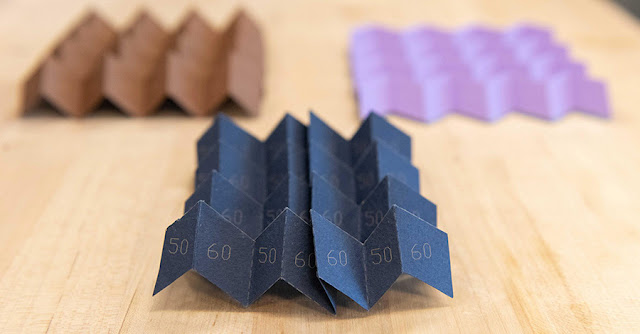Live class or online course? Which is the best way to prepare for the PE Exam? Having taught both, I understand the benefits and downsides of each.
The real-time interaction of a live course with the ability to ask questions during lectures can result in a very dynamic learning experience, but it has its limitations. Everyone must move through the course at the same pace, which can leave some folks behind and slow others down. You must be available when the course is offered, which restricts you to a very rigid schedule.
Online courses that are self-paced give you maximum flexibility in scheduling your review. Available 24/7, they allow you to work through your review when it’s most convenient for you, without having to worry about missing a class. You can move at your own pace, working quickly through the topics that you know well and taking more time on those you need to review more carefully. It’s also important that your online course provides a way for your to ask questions. That is an essential component of learning that needs to be available.
Given the level of understanding required to be fully prepared for the PE Exam, the best preparation requires a significant time commitment. I’m especially wary of “crash courses.” I have found that the online courses work best to give you a comprehensive, structured and flexible way to prepare for this exam. - Dr. Tom

“After two failed attempts, I believe that Dr. Tom's course was just what I needed to get on the right track. I found out about the course from the free YouTube videos, and I was sold on the presentation style; confident and up-beat, very unlike the other course DVDs I had purchased before. Having never taken an online course, I was initially very skeptical. After taking Dr. Tom's course, I realize the many benefits of an online course. There is great value in being able to pause, back up watch the material multiple times if you need to do so. Because of the course, I was able to solve a difficult vibration problem with damping; the type of problem I may not have attempted otherwise. I have recommended the course to a young engineer I know who is planning to take the PE in the near future and will continue to recommend the course.” - Bill, PE, Texas
Mechanical Engineers - Change Is Coming!
You Should Take the PE Exam Now.











